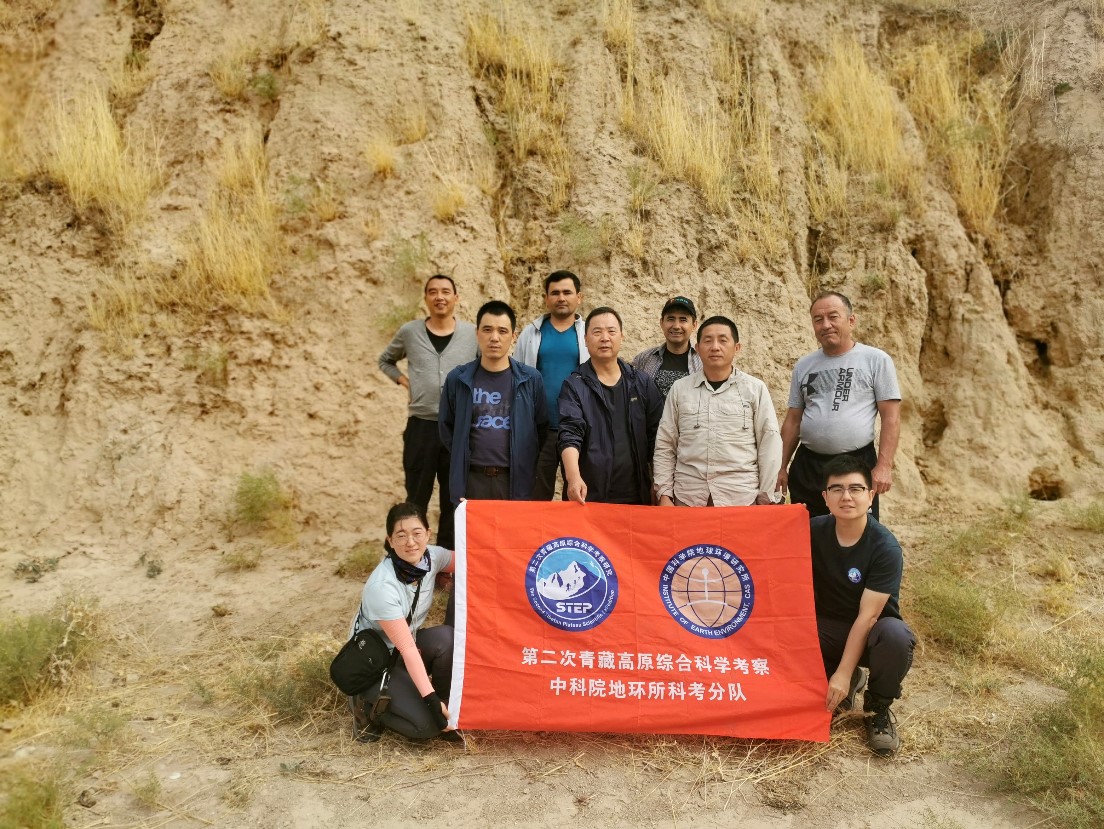

Working Together to Reveal Environment Evolution in Central Asia
Arid Central Asia, mainly affected by the westerly wind circulations, is the core area of the Silk Road Economic Belt. Systematic analyses of the characteristics and evolutionary trends of the past environmental changes in the region and full understanding of the underlying driving mechanisms are significant for meeting the challenges posed by climate changes and building a modern Green Silk Road.
"This is a key approach to meeting the demand for knowledge of natural environmental background for the construction of the economic zones along the Belt and Road," said Prof. SONG Yougui from the Institute of Earth Environment, Chinese Academy of Sciences (IEECAS).
In the recent decade, the IEECAS, in cooperation with academic institutes from Tajikistan, Kyrgyzstan, Uzbekistan and Iran, has undertaken many field campaigns in arid Central Asia to investigate Cenozoic geological environment and climate change, and to explore formation processes of arid climate and history of environmental changes in Central Asia and Northwest China.
A series of research achievements in terms of provenances of the Central Asian loess, dust dynamics processes, Westerly climate evolution and its dynamic mechanism, have been made, with more than 20 joint papers being published.
Based on these collaborations, the research of environmental changes in Central Asia could be enhanced and the theory of monsoon-arid climate systems could be improved, enabling us with sufficient confidence to address threats posed by various natural disasters and thereby to achieve a virtuous cycle of economic and ecological sustainability.

Field work (Image by SONG Yougui)